Some conditions we treat require using different types of strapping or bracing to assist in your recovery. Your therapist may use one or more of the following techniques in order to assist on your recovery and pain management.
Some conditions we treat require using different types of strapping or bracing to assist in your recovery. Your therapist may use one or more of the following techniques in order to assist on your recovery and pain management.

Rigid tape, or sports tape is commonly used for moderate/severe joint and ligament sprains or tears. Due to the the instability these injuries can create, rigid tape is often used to help the body stabilise the injured area and can often help alleviate pain as well. The tape works by restricting excessive movement of a joint and/or ligaments.
Another common use is when you are returning to activity following an injury. An example of this is returning to soccer following an ankle sprain. Your therapist may recommend taping your ankle for your next soccer training or match in order to provide some extra support during the recovery/rehab phase of your treatment.
Taping used in these type of injuries are not designed to be worn for long periods of time, and your practitioner will inform you of the correct protocols in using this type of tape.

Kinesio tape, is an elastic/stretchy tape that decompresses the skin directly beneath where it is applied. You may have seen it being used by many professional athletes. It has a unique appearance and comes in many colours and patterns.
Benefits of using this tape may include;
Kinesio tape provides dynamic support (think of it like a second skin) which enables the body to moves freely, unlike rigid tape which restricts movement. It can be used in the management of the following conditions;

Braces are external supportive devices that help to stabilise or assist in controlling joint/muscle activity. Braces come in many types and sizes, and your practitioner will be able to advise you if a brace can assist in your injury and recovery. Generally, braces work by creating more support (similar to sports tape) and helping to guide the body through certain positions.
Braces are used for all types of conditions;
Benefits include;

Massage creates a relaxation response in your body, helping you feel better, move better and reduce your pain.
Learn More >
Trigger points are unique as they have the ability not only to cause pain and muscle dysfunction locally, but they are known for causing referred pain into different parts of the body.
Learn More >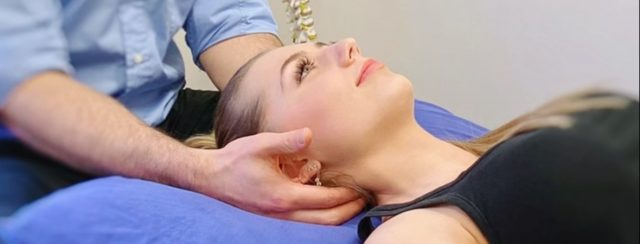
This is a gentle, safe and effective technique designed to restore the normal movement to a joint (any joint in the body) that is stuck or not moving properly.
Learn More >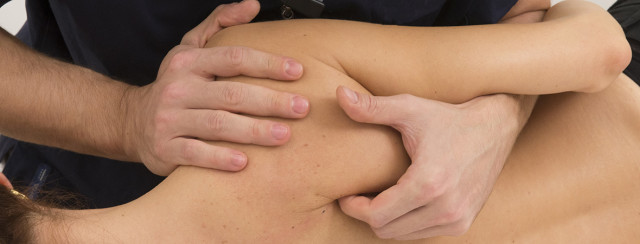
Counterstrain technique is an extremely effective and soothing treatment that results in a reduction in pain and tenderness in your muscles.
Learn More >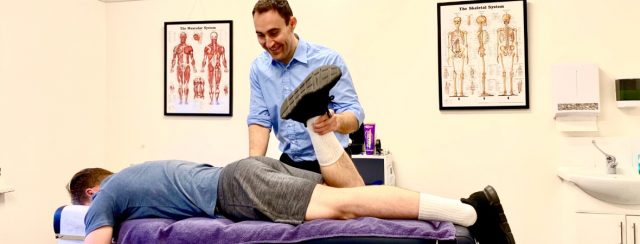
Muscle energy techniques are a broad range of manual techniques that are aimed at improving joint function and relieving muscular spasm and associated pain.
Learn More >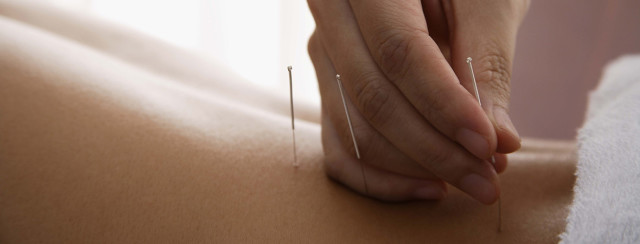
Dry needle therapy has been shown to help reduce and in some cases remove these nasty chemicals from the trigger point, helping to deactivate the trigger point and reduce pain and muscle spasm.
Learn More >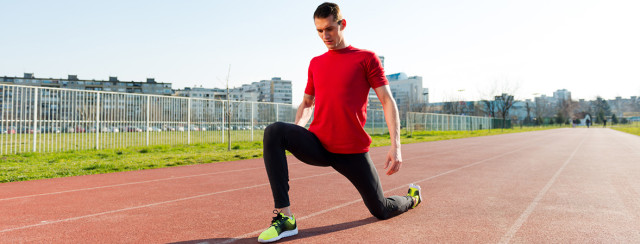
Stretching is an integral part of the hands on therapy approach. Our therapists use specific stretching techniques designed to increase the flexibility of certain muscles and joint in the body.
Learn More >
Exercise and rehabilitation play an integral part in anyones recovery from pain or injury. Programs are adapted at every stage of your recovery starting with basic stretches and mobilisations that can be done at home or at work.
Learn More >Find out more about about our principal Osteopath Dr David Cork